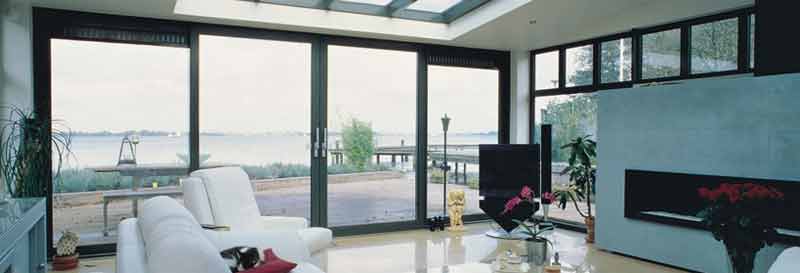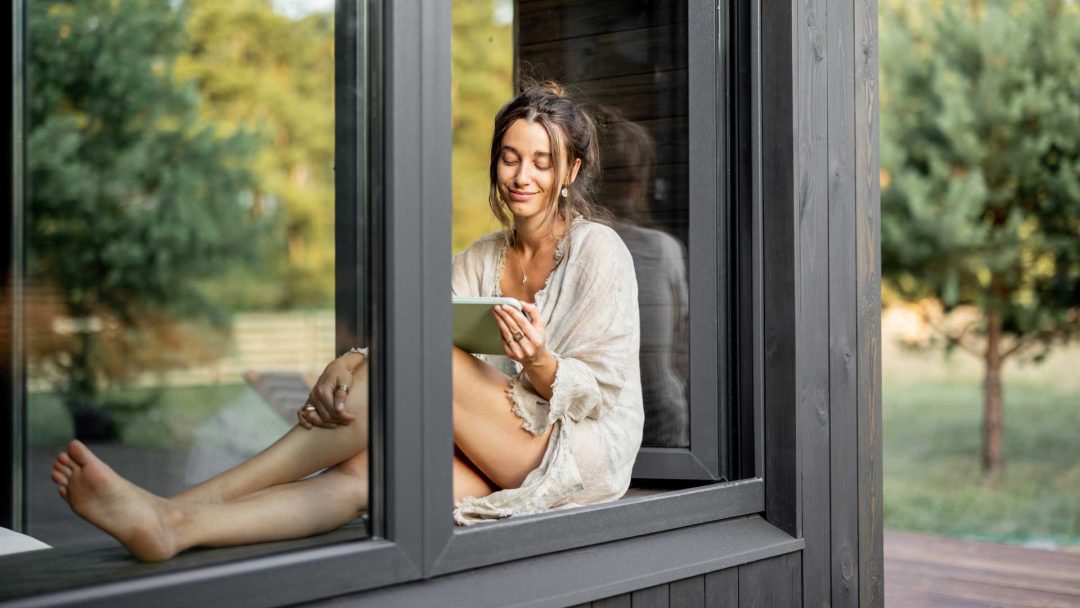All Categories
Featured
Table of Contents
Single, Double Or Secondary Glazing, Which Is The Best ... in Beldon Western Australia
That window can transfer more solar heat in winter than in summertime. A west-facing window on a summertime's afternoon has an angle of occurrence from near 0 as much as 30 with a large reliable area of solar radiation. A north-facing window, in summer, has a high angle of occurrence and a low reliable area of solar radiation, so can send less heat than a west-facing one.

You can quickly and quickly enhance the thermal performance of your house by changing your windows. There are thousands of types of glass and frames to select from.
Glass Selector - Custom Single & Double Glazed ... in Morley Western Australia
There are various types of glass products to select from. Single glazing uses a single pane of glass. Single glazing with clear glass is not really efficient when it comes to heat loss or gain. To improve efficiency, you can utilize single glazing with a more energy-efficient type of glass such as low emissivity (low-e) glass.
The energy efficiency of IGUs also depends on: the residential or commercial properties of each layer of glass. Various glass types (for example, clear and low-e glass) can be put together in an IGU.
Is Double Glazing Worth It? in Joondanna Western Australia

IGU cavities can be filled with air or a more inert, low-conductivity gas such as argon the width of the cavity. Broader cavities provide lower (better) U values, with 12mm typically accepted as the favored gap how well the cavity is sealed.
If argon is set up to the cavity in location of air, moisture is reliably omitted the level of desiccant (drying agent). The spacer (metal or polymer strip) that separates the glass layers contains a desiccant to take in any moisture. Inadequate desiccant may trigger moisture to condense on the glass surface in cold conditions, decreasing thermal efficiency.
Double Glazed Windows Brisbane in Hamilton Hill Perth
IGUs can deliver much better energy performance for all climates, particularly in heated and air-conditioned houses. Cross-section detail of single, double and triple-glazing systems Low emissivity glass (typically referred to as low-e glass) minimizes heat transfer. Low-e glass may be either high or low transmission: High transmission low-e glass has a coating that enables daylight from the sun to pass into your home to accomplish good solar heat gain, however minimizes the amount of the long wavelength infrared heat that can get away back through the window.
Low-e glass has either a pyrolytic finish or a vacuum-deposited thin movie metal finish. Pyrolytic coatings are long lasting and can be used for any glazing; vacuum-deposited coverings are soft and are just used within IGUs. Low-e coatings can significantly enhance both U worth and SHGC; however, they need to be utilized properly or they will either weaken or stop working to perform as required.
Single Glazed Vs Double Glazed Windows - Ultimate Guide in Secret Harbour WA
Low-e finishes can be utilized in combination with clear, toned or reflective glass. Low-e coverings on glazing can lower heat transfer where needed Photo: Department of Market, Science, Energy and Resources Toned glass has actually colouring additives included during manufacture. It is available in various colours, generally bronze, grey, blue and green.
Table of Contents
Latest Posts
Blown Double Glazing & What To Do About It in Mundijong Western Australia
What Are The Advantages Of Double Glazed Windows? in Queens Park WA
Double Glazing Versus Secondary Glazing in Marmion Western Australia
More
Latest Posts
Blown Double Glazing & What To Do About It in Mundijong Western Australia
What Are The Advantages Of Double Glazed Windows? in Queens Park WA
Double Glazing Versus Secondary Glazing in Marmion Western Australia